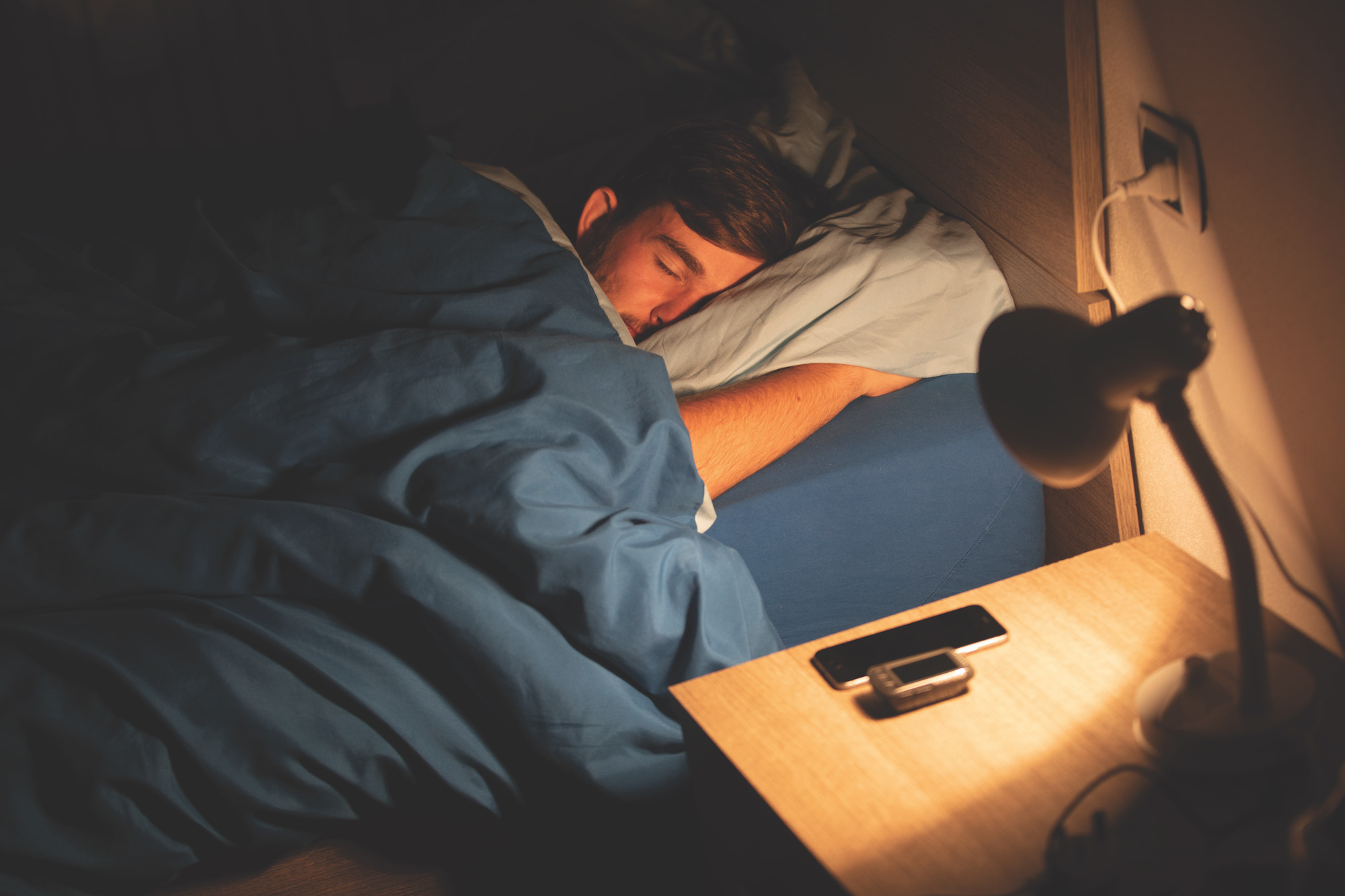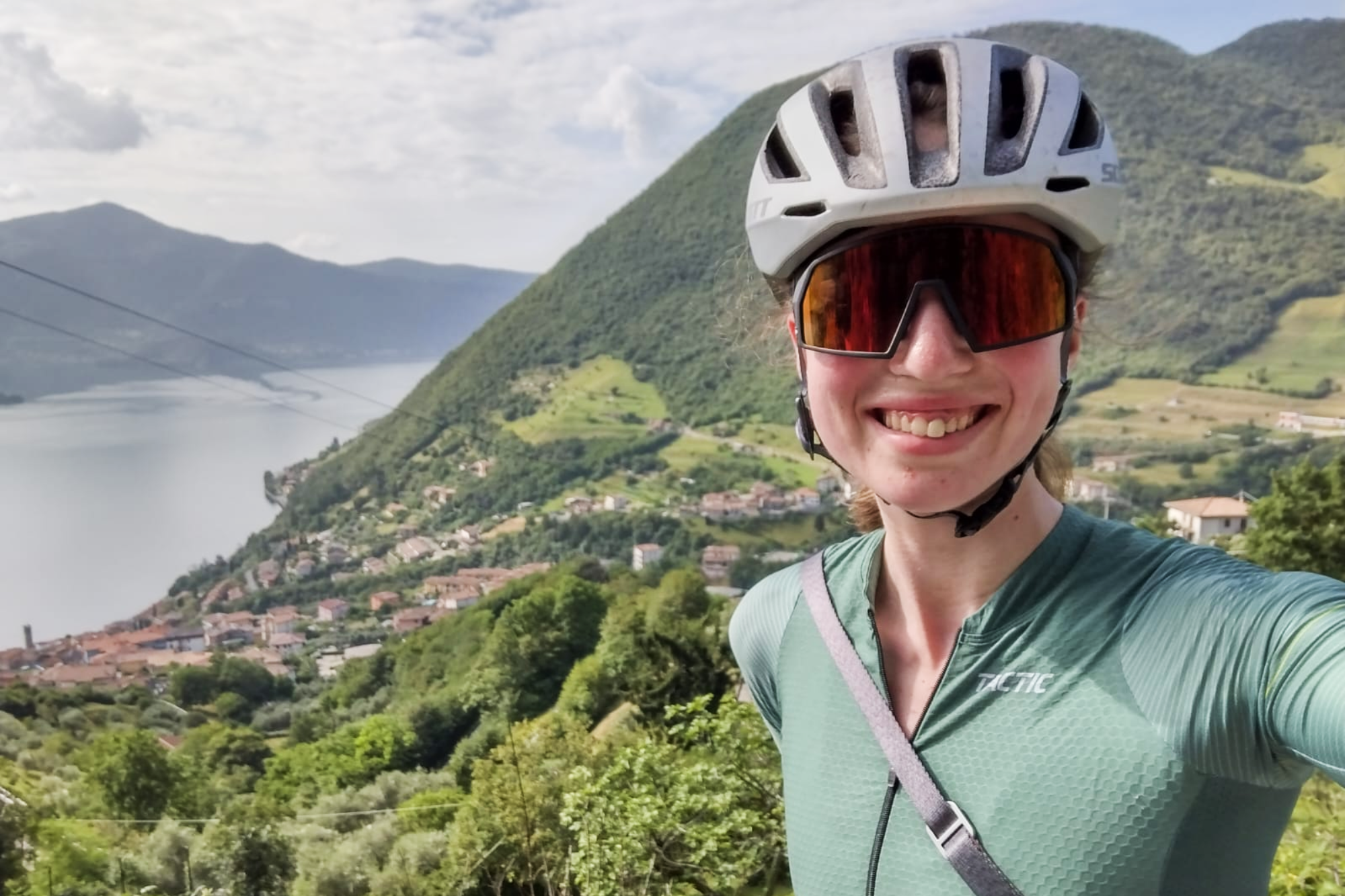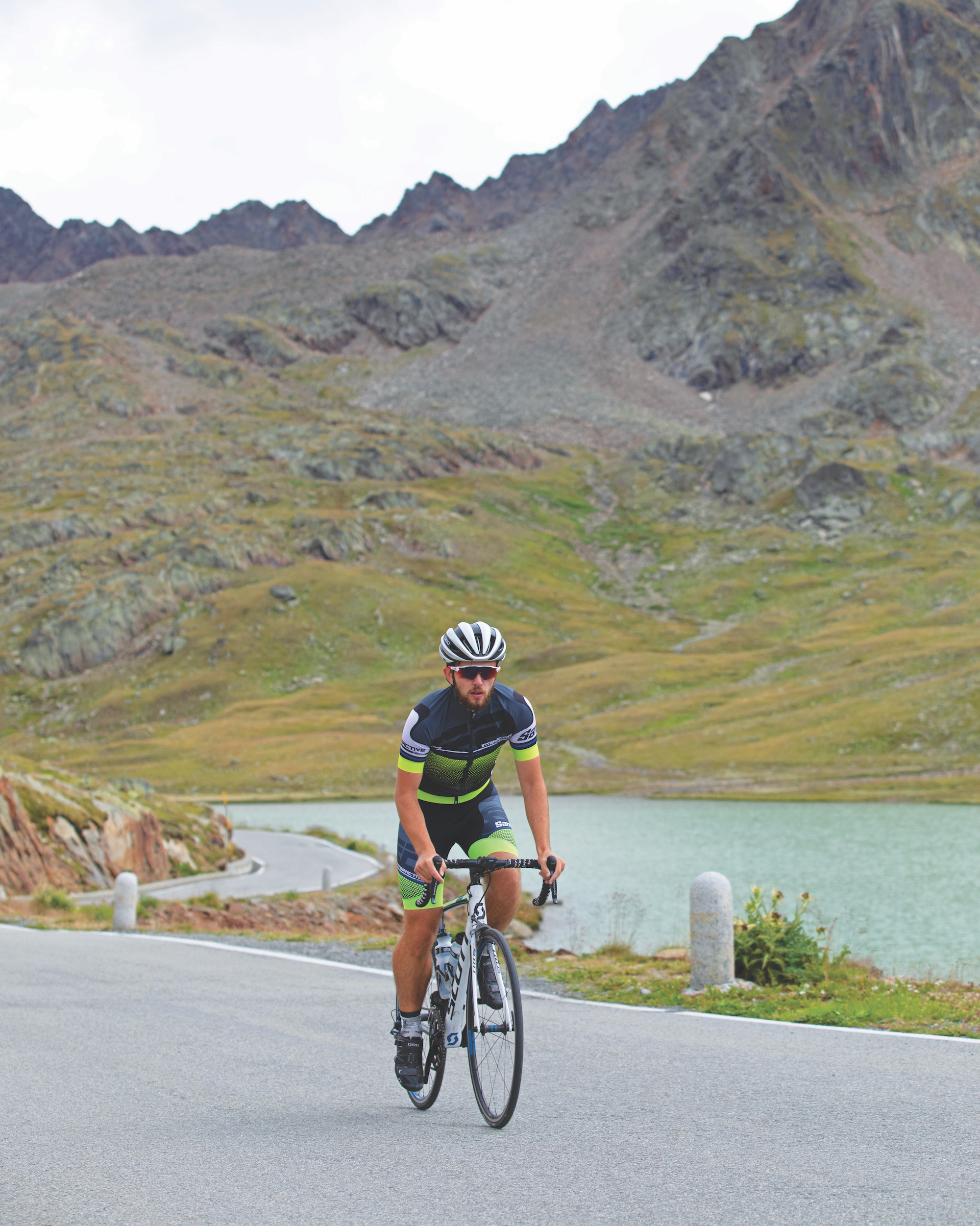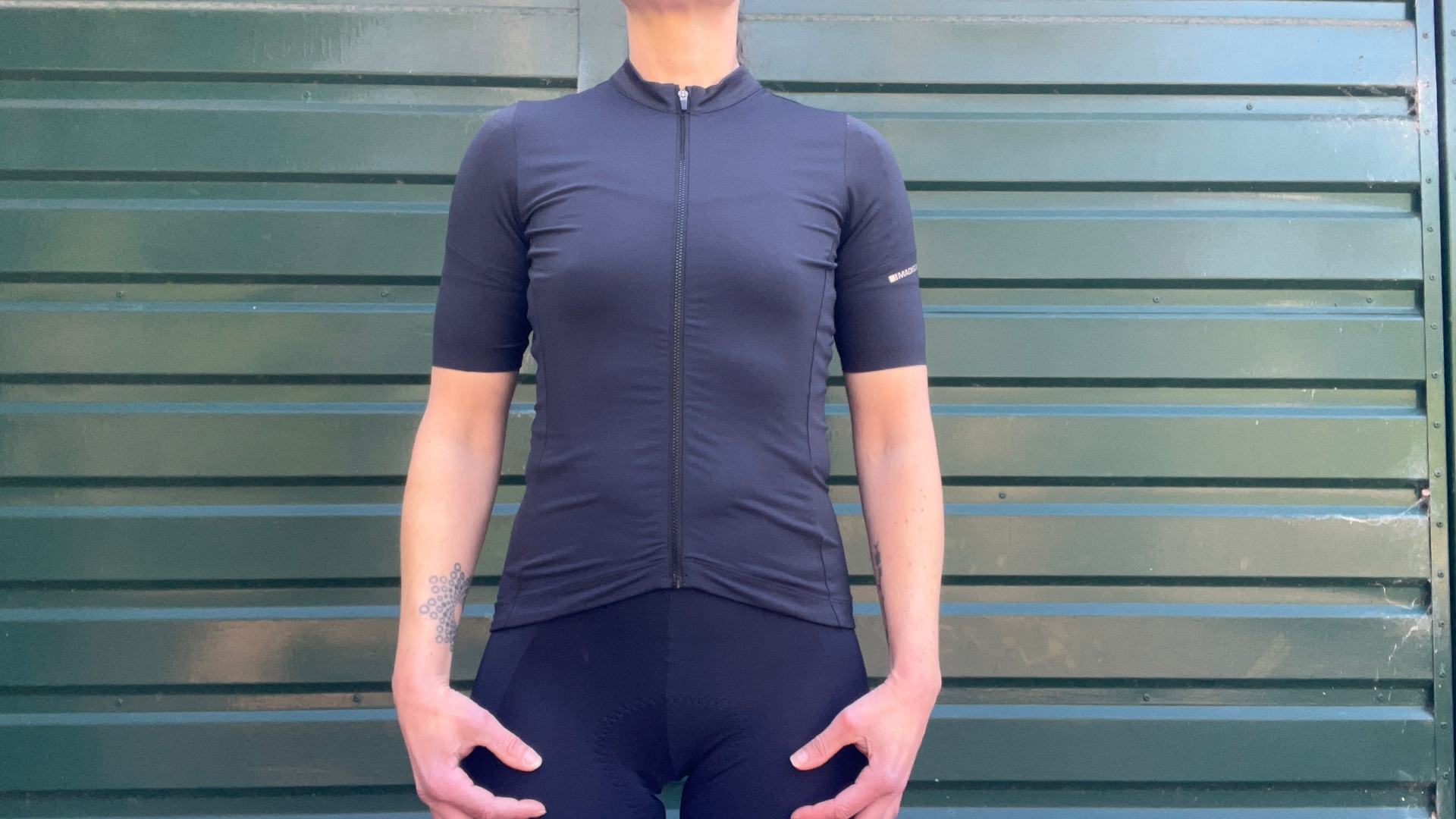How to nap like a pro
‘You snooze, you lose’ could not be further from the truth. Anna Marie Hughes explains why getting good at napping should be a priority for every serious cyclist

(Paul Knott)

It’s not the workout that makes you stronger, it’s the recovery afterwards. Specifically, it’s the subsequent sleep that lets your body make post-training adaptations. The fact is, improving our sleep quality and routine can, over time, have a transformative effect on our cycling performance. The humble nap is an undervalued performance-booster. Nocturnal sleep is the foundation, but naps are a valuable aid on the road to mental and physical recovery.
Spend any time with a pro rider and you soon learn that they’re not only excellent at riding a bike, they’re also exceptional at napping.
We are paying more and more attention to aero, conditioning, flexibility, weight loss and all the rest, but sleep is an area largely untapped. Elite sports sleep coach Nick Littlehales said: “Many people just take sleep for granted; they don’t see it as integral to performance. But a lack of sleep can suppress your cardiovascular performance, injury recovery time, stamina, mood, and motivation. It’s very serious and all adds up.”
Sleep deprivation causes an increase in the perceived effort for the same power output and a decrease in maximal strength – hindering both endurance and all-out sprints. One reason for this is because insufficient sleep causes a decrease in your muscle glycogen content, that is, your muscles’ main fuel source. Of particular relevance in these times, a sleep deficit also suppresses the immune system.
Sir Dave Brailsford’s ‘marginal gains’ philosophy has become contentious in recent times, but sleep was an important component; British Cycling brought in Littlehales ahead of their preparation for the last two Olympics. The sleep coach’s principles of sleep optimisation were used by Bradley Wiggins on his way to gold medal glory.
>>> Subscriptions deals for Cycling Weekly magazine
The factors that may prevent us getting our necessary sleep are common to pros and amateurs alike. Using electronic devices like phones and laptops in bed is detrimental, as the blue light emitted from the screens suppresses the production of the hormone melatonin, which is responsible for inducing sleep.
Get The Leadout Newsletter
The latest race content, interviews, features, reviews and expert buying guides, direct to your inbox!
Meanwhile, a high caffeine intake reduces sleep quality in two respects: it’s a stimulant, so increases wakefulness, and it’s also a mild diuretic, so increases the likelihood of needing to get up to pee during the night.
Redefining napping
Napping has long been thought of as a vice, beloved of the lazy or self-indulgent. Some see naps as a vicious circle of poor nocturnal sleep, causing you to drift off in the day and thus making it harder to sleep again at night. Neither of these criticisms stack up. It is true that naps can become part of poor sleeping habits – sleep scientists call this ‘dysregulative’ napping, but there are good forms of napping too.
In a recent study published in the European Journal of Sports Science, researchers found that elite athletes were able to take daytime naps and not suffer any adverse effects on their nocturnal sleep. This kind of nap is known as ‘appetitive’ – taken not to compensate for sleep loss, but from an appetite to sleep owing to training-induced fatigue. Participants had their level of tiredness measured before their naps, and how long they took to get to sleep was recorded. The scientists found that, of the participants, elite athletes drifted off faster and did not need to be feeling tired to nap. Essentially, pros find it easy to nap and take advantage of the opportunity – they’re pro nappers!
What we can take from this is you don’t need to be feeling sleepy to benefit from a nap. Although the bulk of our sleep should come at night, ‘appetitive’ napping provides another chance for the body and mind to reset. Littlehales refers to these as controlled recovery periods: “Taking 30 minutes in the afternoon can give you more energy in the evenings.”
Napping in practice
OK, for most of us, taking a nap isn’t as simple as just deciding to sleep. You may well feel fatigued and still find it hard to drift off. Littlehales advised: “You need to remember, sleep is not something you can force. Instead, it’s about taking proactive steps to be in a position to recover.” This includes setting time aside, finding a quiet place and removing distractions. It is important not to put pressure on yourself to sleep, Littlehales stresses. “Worrying about sleep just disrupts the process. You will gain benefits from the recovery break – even if you are wide awake throughout.” Napping in this way grants a mental reset, of benefit even if you’re sleeping well at night.
Fitting it in

If you don’t feel like you have time to nap, take comfort from the fact a mere five-minute break to rest your eyes and detach yourself from your surroundings is enough to have a positive restorative effect. Lying down is not essential for this, making it easier to slot into a busy day out of the house. Even for people who do nap, adding a few of these ‘shuteye periods’ will help keep you alert and refreshed.
“Before technology hit us,” said Littlehales, “we would have lots of these breaks as there was nothing else to do; they’d happen unplanned.”
Sleep is an important but often neglected part of being a sportsperson. The consequences of a deficit are physical as well as mental. Pros have shown that, far from being symptomatic of a dysfunctional sleep pattern, naps have a place alongside good nocturnal sleeping habits. Redefining the way we think of naps frees us to reap their benefits.
Limiting naps to 30 minutes in the early afternoon helps preserve our nocturnal sleep. The pros might be faster at drifting off, but don’t worry if your first attempt at ‘appetitive’ napping results in little actual sleep. By not pressuring yourself to fall asleep in the allocated time, you will make your controlled recovery period more effective as you fully relax and reset.
As cyclists, we know the benefits of collecting data; the more information we have, the more targeted our approaches can be. Sleep is no different. Knowing how much sleep you are getting – and its quality – is the first step to making improvements.
By tracking your sleep, you are putting yourself in a position to change your sleeping habits. It’s very easy to think you are getting sufficient sleep because you have gone to bed at an acceptable hour. But the time it takes from your head hitting the pillow to falling asleep can be significant – or the time it takes after bedtime for you to stop scrolling and put your phone to one side. Sleep trackers allow you to see the time you have spent sleeping and reveal how regularly you get enough sleep.
Garmin, Fitbit and Withings all produce watches with sleep-tracking capabilities. These devices use a combination of heart rate sensors and accelerometers to detect when you fall asleep and determine the quality. However, the cost of these and the requirement to sleep with something on your wrist can be off-putting.
Instead, you can use an app on your phone to track your sleep. Sleep Cycle is one app that determines your sleep by using the microphone to detect sound produced from your movements. You may be concerned about being recorded, but with the Sleep Cycle app your data is not sent anywhere – it is processed locally on your phone and then deleted.
Although tracking sleep will not directly improve it, having a great understanding about your circadian rhythms is the basis to take control. Riders’ views
For and against
Sleeping habits vary from person to person. What is ideal for one rider may not suit another. I spoke to two young racers – both of whom train
15-20 hours per week and aim for eight to 10 hours’ sleep a night – about their views on napping.
The habitual napper
For CW Fitness Project participant Callum McQueen, from Hampshire, a 20- to 30-minute nap after lunch is a regular part of his daily routine.
“It’s really refreshing to have a nap after training,” he said. “It means I’m fully awake for the rest of the day.”
>>> Cycling Weekly is available on your Smart phone, tablet and desktop
Although he naps in an ‘appetitive’ way for enhanced recovery, McQueen’s approach is not to force a nap. “I don’t pressure myself to sleep, and there are times when I skip napping – but if I can fit one in, I will.”
The 20-year-old, who races for Upshift Nutrition RT, has found no problem with sleeping following afternoon naps. “I can fall asleep in the evening without any problem.”
The non-napper
Dan Martin, 21, from Kent, gets by sleeping only at night. The University of Derby racer gave napping a go, but found it did not suit him.
“When I tried having naps, I’d wake up feeling worse for an hour or so, as if I was ill,” Martin told CW.
Napping does not fit in with the structure of Martin’s days. “I’m not an early morning person,” Martin said – he regularly leaves for his training rides at 11am each day. “If I then had
a nap, I’d have no chance to do anything else with my day, which would be wasteful.”
Napping is not for everyone, but it is worth experimenting to see if it works for you. Taking a five-minute reset is a flexible way of gaining some of the same benefits.
This feature originally appeared in the print edition of Cycling Weekly, on sale in newsagents and supermarkets, priced £3.25.

Thank you for reading 20 articles this month* Join now for unlimited access
Enjoy your first month for just £1 / $1 / €1
*Read 5 free articles per month without a subscription

Join now for unlimited access
Try first month for just £1 / $1 / €1

I’ve been hooked on bikes ever since the age of 12 and my first lap of the Hillingdon Cycle Circuit in the bright yellow kit of the Hillingdon Slipstreamers. For a time, my cycling life centred around racing road and track.
But that’s since broadened to include multiday two-wheeled, one-sleeping-bag adventures over whatever terrain I happen to meet - with a two-week bikepacking trip from Budapest into the mountains of Slovakia being just the latest.
I still enjoy lining up on a start line, though, racing the British Gravel Championships and finding myself on the podium at the enduro-style gravel event, Gritfest in 2022.
Height: 177cm
Weight: 60–63kg
-
 Madison Flux short sleeve jersey review: functional and affordable
Madison Flux short sleeve jersey review: functional and affordableThe road cycling jersey delivers top performance for a budget-conscious cyclist
By Hannah Bussey
-
 I pitched a top-end all-road bike against a top-end gravel bike, here's what I found
I pitched a top-end all-road bike against a top-end gravel bike, here's what I foundMulti-surface machines go head-to-head-to-head and categories clash as Tim Russon rolls up for the ultimate do-it-all bike showdown
By Tim Russon